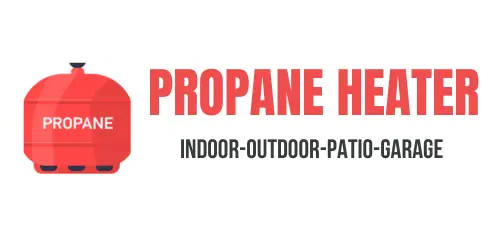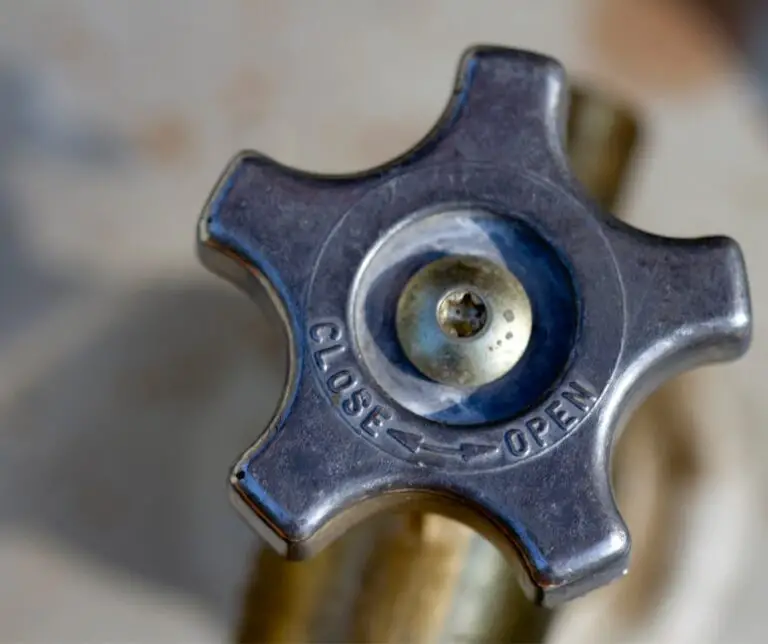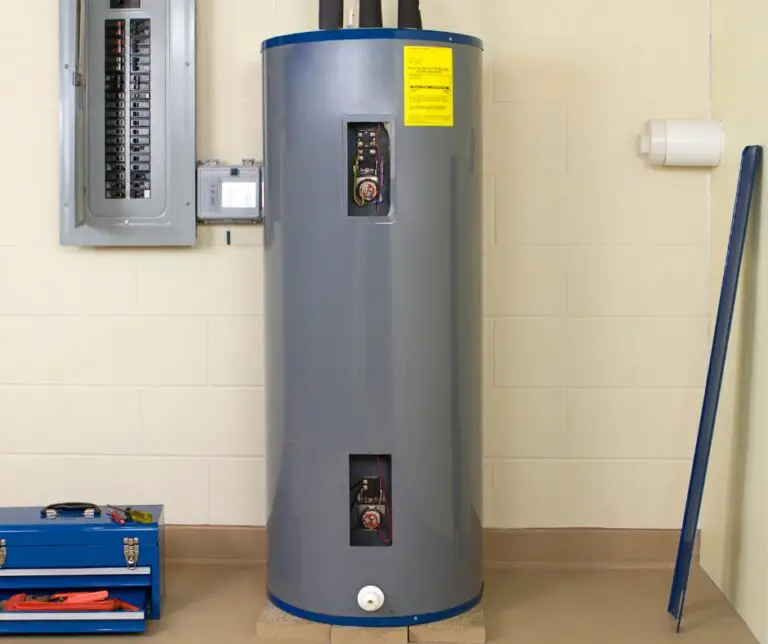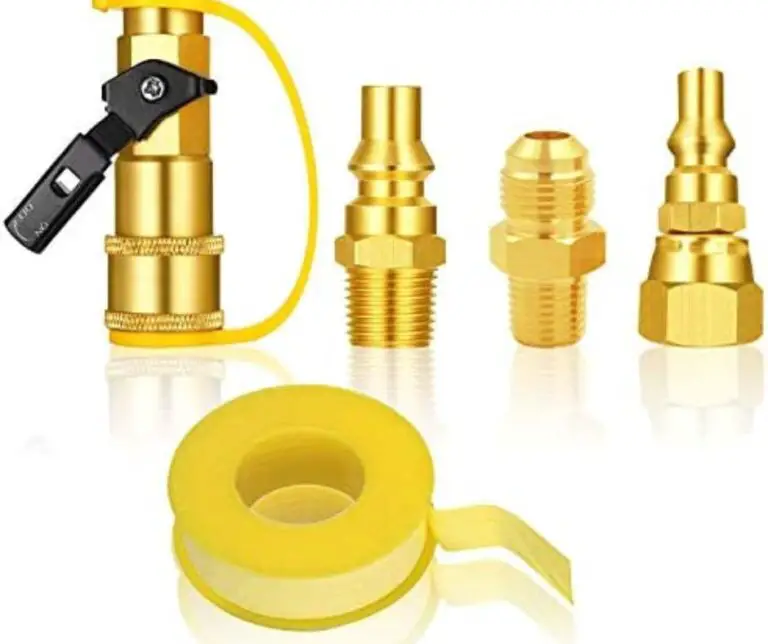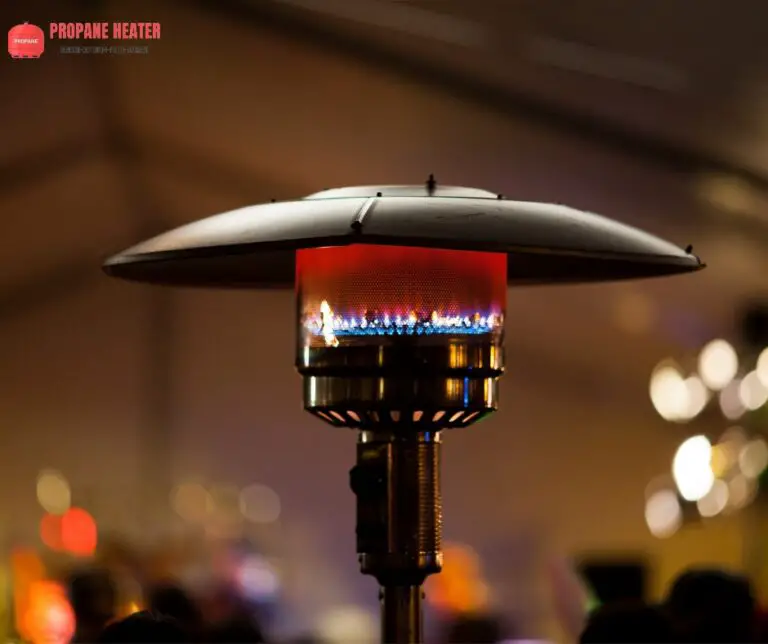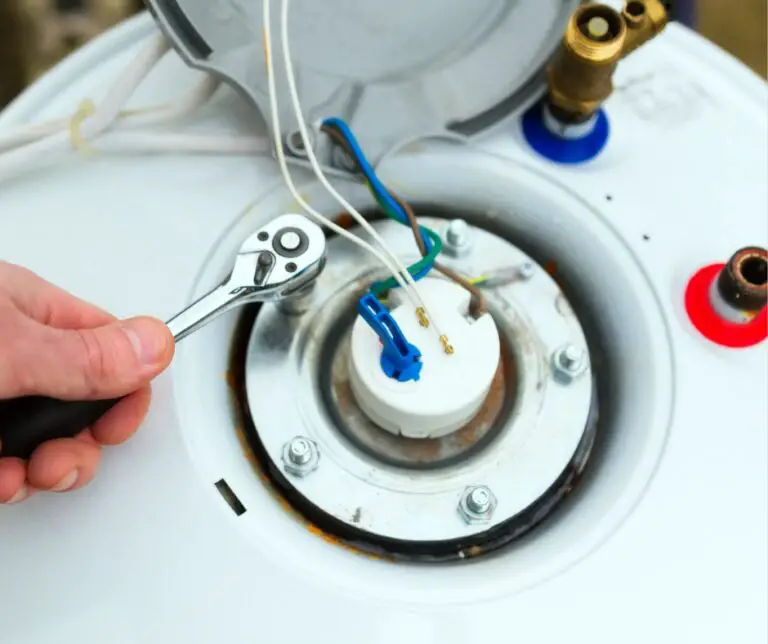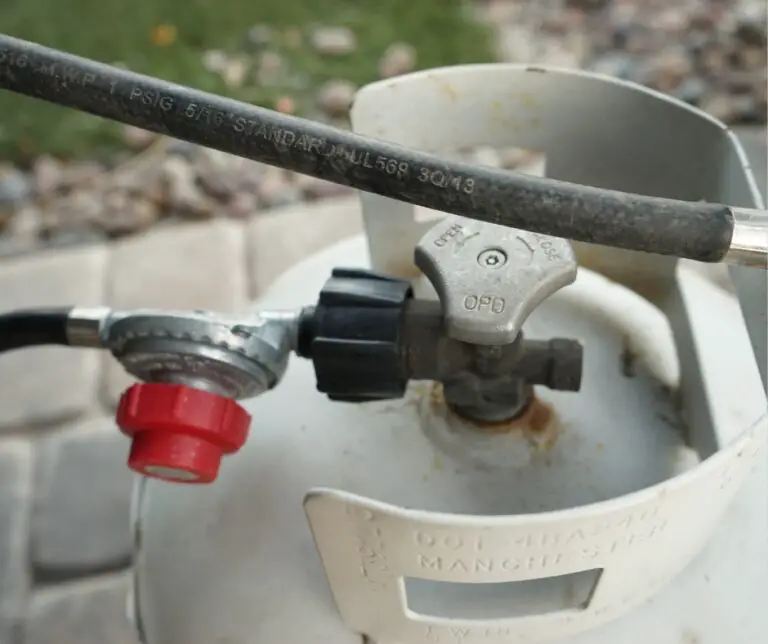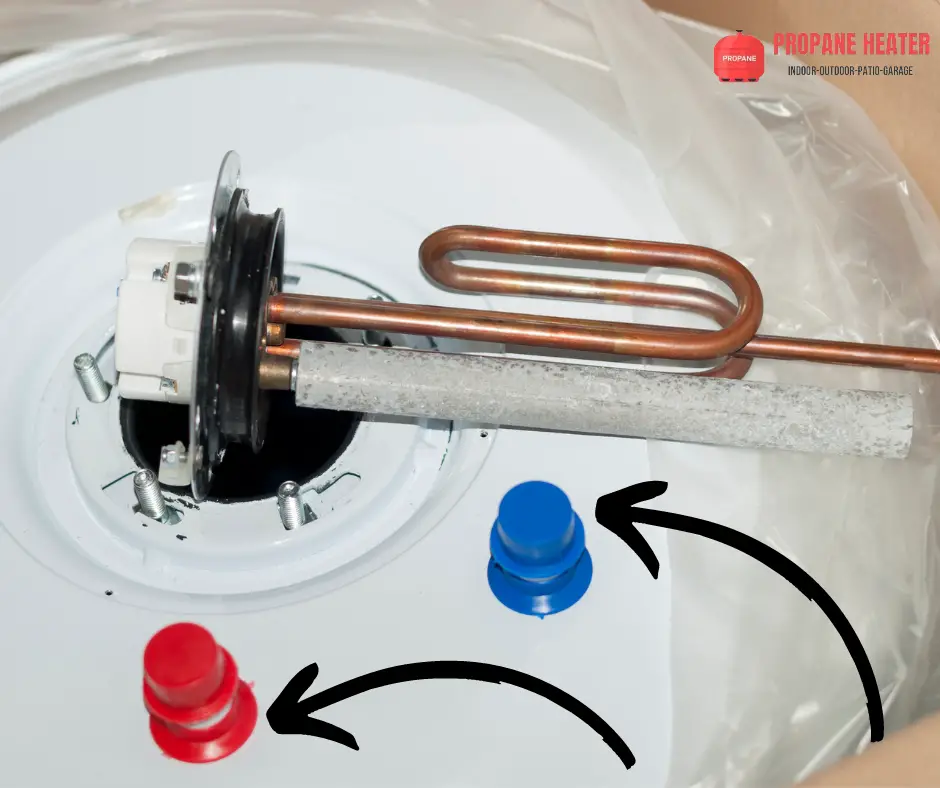
Have you ever wondered what those plastic caps on top of your water heater are for? I always used to walk past mine and wonder why there were two plugs with plastic caps on them. I was curious but never bothered to do the research, that is, until one day, curiosity got the better of me. That’s what sparked this article. You’ve seen them before, but you may have never known they served a specific and useful purpose.
On top of every water heater, you’ll find two plastic vent-like structures. Indeed, they can be pretty darn ugly. But they serve an important purpose that anyone who owns a water heater knows all too well. You might even call it a ventilation cap. After all, that’s exactly what it’s intended to do, vent hot air out of your water heater tank and further heat your home as a result.
What Are the Plastic Caps on Top of Water Heaters?
Heat trap nipples are small plastic valves that provide a seal between the tank and the tank lid. The purpose of these caps is to keep heat from escaping from the tank when it’s not being used. This also prevents moisture from entering the tank through these openings, which could cause corrosion inside your water heater.
The caps also act as an indicator that there are no leaks in your system. As any gas leaking through them would cause them to bubble or hiss.
When you turn on your hot water, you probably give little thought to the plastic caps on top of your water heater. But these caps are very important. They’re called heat traps, and they keep the hot water in the tank when it’s not being used. If you’ve ever noticed that your shower or faucet gets cold quickly after you turn it off, those are signs of a faulty heat trap.
Types of Water Heater Caps
Basically, there are two types of plastic caps on top of water heaters. The two are identified by color; red and blue. The blue cap is called the cold inlet, while the red cap is called the hot outlet.
The cold inlet cap (blue) is connected to your incoming water supply line and regulates the flow of cold water into your tank. This keeps your tank full of cold water during periods when there isn’t much demand for hot water, such as late at night or early in the morning when everyone is asleep.
The hot outlet cap (red) releases heated water into your household plumbing system when needed most, during peak periods of use like during dinner time or while taking a shower after work. It also prevents overflow from happening if someone flushes their toilet or runs a load of laundry while you’re taking an extended shower.
How Do the Caps Work?
The blue plastic cap almost reaches the bottom of the water heater via a connected long deep tube. While the blue cap doesn’t have this connected long deep tube. Rather, it has a combo anode rod. The red and blue plastic cap has a heat trap mechanism.
The heat trap mechanism stops cold water from flowing into the tank from outside. This keeps the water in your tank at an average temperature of about 70 degrees Fahrenheit (21 Celsius). It also ensures that your hot water stays hot for longer periods without burning out or heating up too fast.
How Do Heat Traps Work?
Heat traps are devices used to prevent heat loss in water heaters. They are found in most residential and commercial applications and can be made of a variety of materials. The most common type of heat trap is made from copper tubing, which is inserted into the hot water supply line.
Heat traps work by trapping the heat that would otherwise be lost from your water heater. This heat is then released back into the tank when you use hot water from the faucet. While copper is the most common material used for these traps, it can be made from brass and plastic materials as well.
The function of a heat trap is very simple: it just needs to catch some of the hot water that comes out of your faucet, hold onto it until you need it, then release it back into your tank when you need hot water again.
The way that they work depends on the type you have installed in your home or business. Some traps have separate pipes that carry cold water into them and back out again right away; some have pipes that run through them; others have pipes that go through them but don’t connect up directly with anything else; others still have only one pipe going through them with no connection at all.
Are Water Heater Plastic Caps Always on Top?
No, plastic caps are not always on top. Sometimes they’re on the bottom. And they may be on either side of the tank. The reason plastic caps are not always on top is that they need to be accessible for service and repair. If there’s a problem with the water heater, you’ll need to replace it or go inside to fix it. So the cap needs to be somewhere where it’s easy for you to get at.
Replacing Damaged Caps
Water heater caps can become damaged or cracked over time. This can be a problem because the cap is what keeps water from leaking out of the tank and into your basement. To fix this problem, you’ll need to replace the cap with a new one.
Shut Off Water Supply
Turn off the main water valve to your home and turn off any other water in your home that might be using water. This includes sinks, toilets, and showers. Once everything has been shut off, make sure there’s no leaking coming from anywhere in your house.
Remove Cover
You’ll need to remove the cover on top of your water heater so that you can access the inside. You should see a few screws holding it down at the top of your unit (or near). Remove these with a screwdriver or ratchet set and take off the cover completely. You may also need to disconnect any wires connected to it as well if you’re having trouble removing it otherwise.
Remove Caps
There should be two caps on top of your tank that need replacing as well, one, for controlling temperature settings (which will probably have an arrow pointing up) and one for controlling pressure (which will probably have an arrow pointing down). Remove the caps to get them fixed.
Final Note
If you are thinking about installing a hot water heating system, hire a professional. Plastic caps on top of water heaters help to keep the temperature regulated whether in use or not.

I am Richard A. Jackson man behind propane heating solution, An HVAC expert working as a team lead of the heating department, Provide services all over the USA (around all major cities), and from planning to implementation, you will get all your solution here. We provide various tanks (propane and other natural gases) and deal with disposable waste.
